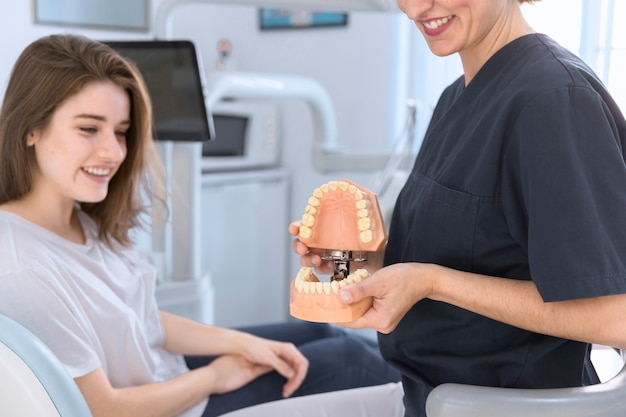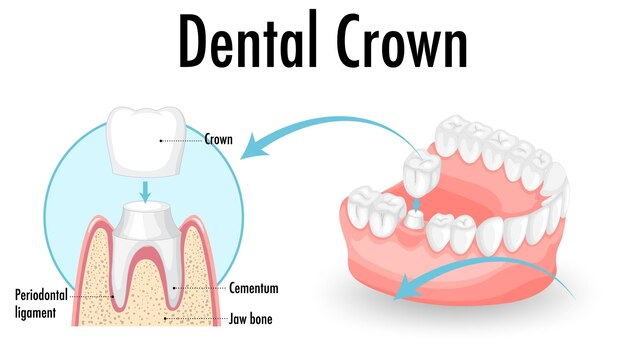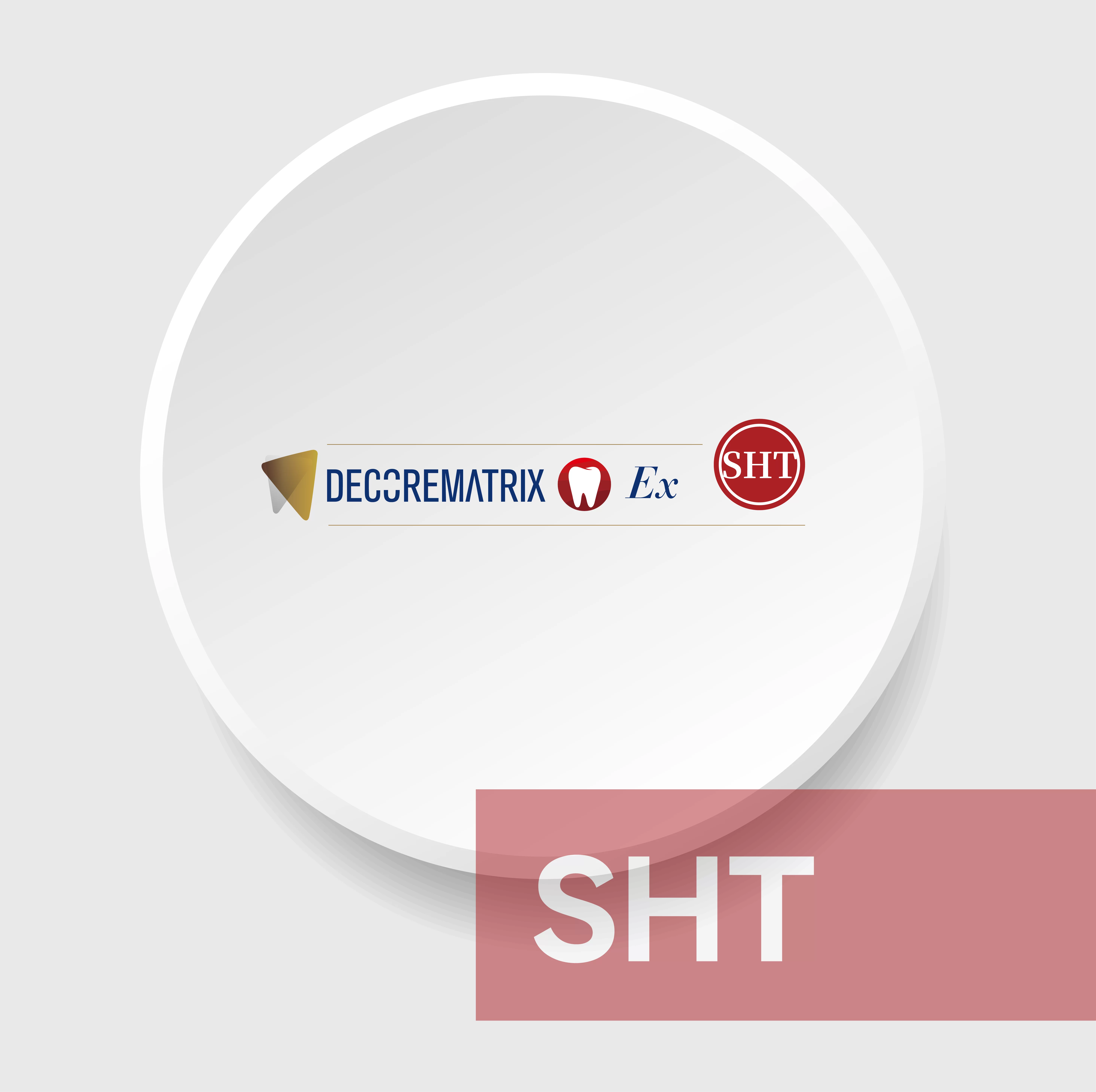
In a groundbreaking development in dentistry, researchers from the Faculty of Dentistry at the University of Hong Kong (HKU) have harnessed the power of generative artificial intelligence (AI) to revolutionize the manufacturing of dental crowns.
The innovative approach, led by Dr. James Tsoi in collaboration with the Department of Computer Science at HKU’s Faculty of Engineering, represents a significant leap forward in producing next-generation AI-designed dental prostheses. Their generative AI algorithm employs a true three-dimensional (3D) deep learning approach, producing personalized dental crowns that closely mimic the morphology and biomechanics of natural teeth.
This groundbreaking technology holds immense promise for the dental industry. Still, it’s important to note that while AI can enhance the design and manufacturing processes, choosing crown material remains a critical decision. Let’s explore options, focusing on Monolithic Zirconia crowns and how they compare to porcelain and other materials in the quest for the ideal dental crown.
Introducing Dental Crown and Its Requirements
A dental crown, often called a dental cap, is a custom-made restoration that covers the entire visible portion of a damaged or weakened tooth. It is a protective shell encasing the tooth to restore its shape, size, strength, and appearance. Crowns are a fundamental part of modern dentistry, addressing various dental issues and playing a crucial role in preserving the health and functionality of natural teeth.

For a crown to effectively serve its purpose, it must meet several essential requirements:
- Strength and Durability: A crown must be robust enough to withstand the forces of normal chewing and biting without fracturing or breaking.
- Compatibility with Natural Teeth: It must harmoniously match the nearby teeth in terms of color, shape, and size, guaranteeing a natural and visually appealing look.
- Precise Fit: The crown must fit snugly over the prepared tooth to prevent any gaps that could lead to bacterial infiltration or discomfort.
- Biocompatibility: The materials used in the crown should be biocompatible, meaning they should not cause any allergic reactions or adverse effects in the patient.
- Retention: The crown should be securely bonded to the tooth, ensuring it stays in place during normal oral functions.
- Functionality: The crown should function like a natural tooth, allowing for normal biting, chewing, and speaking.
- Resistance to Wear: It should withstand the wear and tear that occurs through daily use over an extended period.
- Easy Maintenance: Crowns should be easy to clean and maintain, with no special care requirements beyond regular oral hygiene practices.
Common Crown Materials: Exploring Strengths and Weaknesses
Regarding dental crowns, various materials cater to different preferences and oral health needs.
1. All-Resin Crowns
Pros: Cost-effectiveness is the hallmark of all-resin crowns, making them an economical option for many. These crowns are commonly used for temporary purposes and offer a budget-friendly solution.
Cons: However, they tend to be more fragile than other materials, particularly when weighed against porcelain-fused-to-metal (PFM) crowns. Their propensity to crack and wear makes them less durable over the long run.
2. Metal Crowns
Pros: Dental technicians employ various metals, such as gold, palladium, nickel, and chromium, to craft metal crowns. They boast exceptional strength and durability, rarely succumbing to chipping or breakage. This longevity is complemented by minimal enamel removal during the fitting process. Moreover, they can withstand formidable biting and chewing forces.
Cons: The metallic color of these crowns may be a drawback for some patients. Additionally, metal crowns might alter the taste in the mouth and potentially cause mild oxidation. In some cases, the gums may take on a slightly discolored hue, and very rarely, an allergic reaction may occur. When it comes to the fight of zirconia vs metal crown, the decision often hinges on a delicate balance between strength and aesthetics, with zirconia prized for its durability and natural appearance, while metal crowns may not be as cosmetically appealing.
3. Porcelain-Fused-to-Metal (PFM) Crowns
Pros: PFM crowns balance the robustness of metal and the natural appearance of porcelain. Dentists can match the shade of these crowns to your teeth, ensuring a seamless blend.
Cons: Over time, the porcelain coating on PFM crowns may chip away, exposing the metal beneath. Furthermore, gradual enamel wear on the opposing teeth that come into contact with the crown is possible. When it comes to zirconia crowns vs porcelain, the latter is much brittle, making them susceptible to chipping or cracking, especially in high-stress areas of the mouth.
4. Monolithic Zirconia Crown: The Apex of Crown Technology
Zirconium, a relatively recent addition to crown materials, represents a breakthrough in dental technology. High translucent zirconia and layered zirconia crowns have gained popularity due to their exceptional attributes.
Pros: Monolithic zirconia crowns closely mimic the translucency of natural tooth enamel, making them exceptionally aesthetically pleasing. They are incredibly durable and withstand heavy biting forces, outperforming many crown materials. Also, zirconia is gentle on the gums and typically doesn’t cause allergic reactions.
Cons: Solid monolithic zirconia crowns can be somewhat challenging to adjust, requiring precision and expertise.
In dental crowns, zirconia emerges as a leading contender, having the best attributes of metal and porcelain options. Monolithic zirconia crown’s outstanding aesthetics, strength, and biocompatibility represent a remarkable advancement in modern dentistry.
De Corematrix’s SHT Series: A Trusted Choice
When it comes to dental restorations, the choice of materials is paramount. Opting for high-quality zirconia blocks is crucial in guaranteeing the longevity and performance of the restoration. Subpar materials can lead to compromised results and potential patient dissatisfaction.
De Corematrix’s SHT series is a reliable and top-tier option in this context. These zirconia blocks are meticulously crafted to meet the highest industry standards, ensuring exceptional biocompatibility, aesthetics, and durability. With ISO, CE, and FDA certifications, De Corematrix provides peace of mind, making their SHT series a preferred choice for dental businesses striving for excellence in restorations and crafting high-quality monolithic zirconia crowns.

Conclusion
High translucent zirconia has emerged as a game-changer in dental restorations, offering unmatched biocompatibility, durability, and aesthetics. Among the leading providers, De Corematrix Dental Ceramics stands out with its exceptional SHT series, known for precise fits and customizations.
Focusing on high-quality zirconia blocks, De Corematrix redefines dental restorations, ensuring lasting, natural-looking results. Partner with De Corematrix to elevate your dental practice and offer patients the best dental care.



